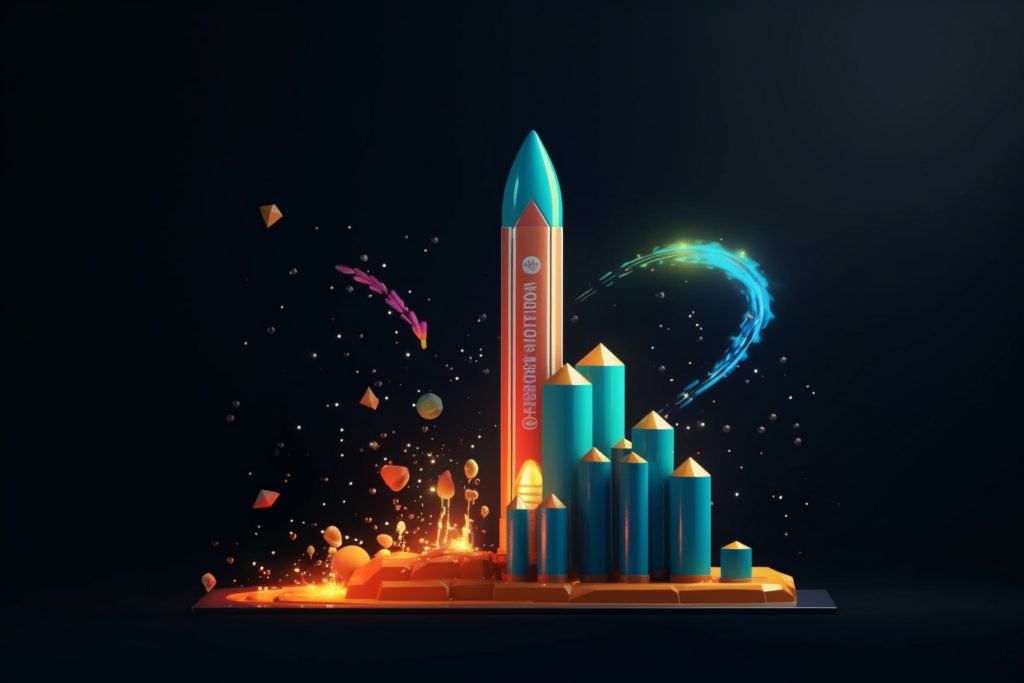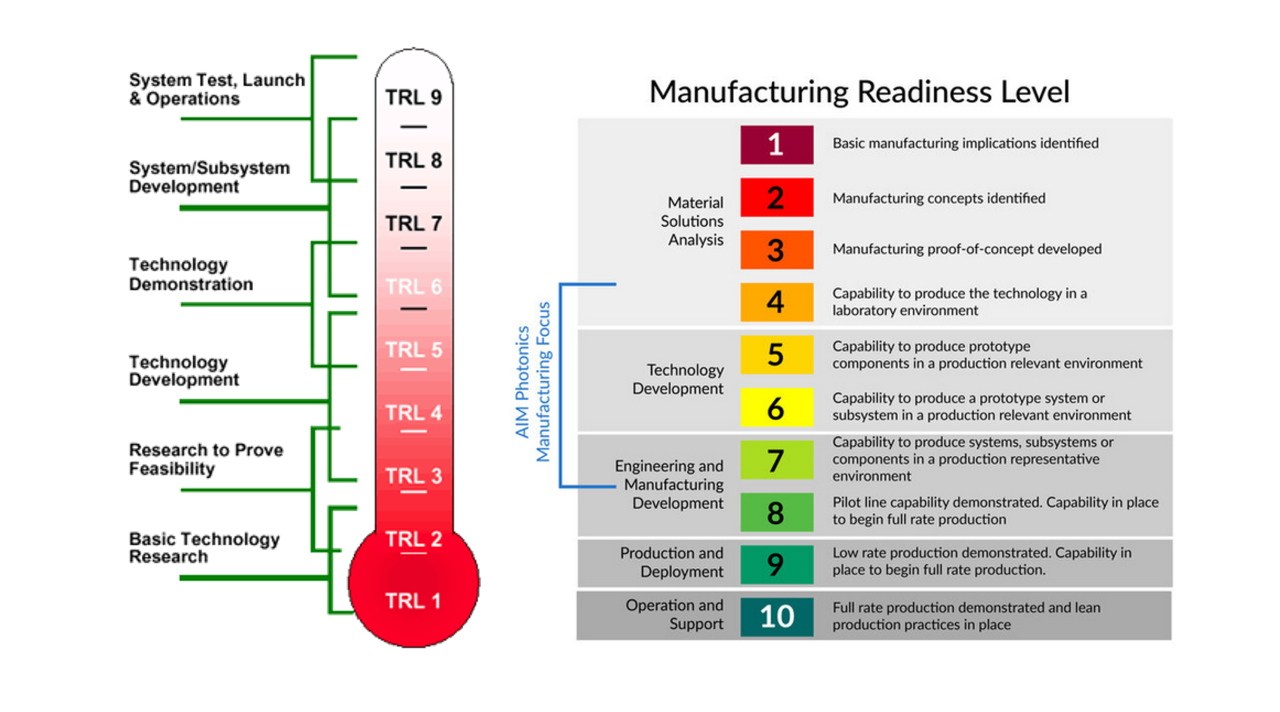Technology Readiness Level (TRL) is a valuable tool for startups navigating the complex landscape of innovation. By understanding and applying TRL, startups can make informed decisions, allocate resources effectively, and increase their chances of success.
How Startups Can Use TRL
- Prioritizing Development: TRL helps startups prioritize their development efforts by focusing on technologies with the highest potential for commercialization (TRL 6-9).
- Attracting Investors: Investors often prefer to invest in startups with technologies at higher TRL levels. By understanding TRL, startups can communicate their progress effectively to potential investors.
- Managing Expectations: TRL can help startups manage expectations with customers, partners, and employees by providing a realistic timeline for product development.
- Identifying Risks: By assessing the TRL of different components of a product, startups can identify potential risks and develop mitigation strategies.
- Benchmarking: TRL can be used to benchmark a startup’s progress against industry standards and competitors.
TRL and Startup Stages
- Seed Stage: Startups at the seed stage typically focus on validating their concept and achieving TRL 3-4.
- Early-Stage: As startups progress to the early-stage, they aim to develop a working prototype and reach TRL 5-6.
- Growth Stage: Growth-stage startups focus on scaling their operations and achieving TRL 7-9, which is often necessary for commercialization.
Challenges and Considerations
- Subjectivity: While TRL provides a valuable framework, it can be subjective, and different organizations may have varying interpretations.
- Resource Constraints: Startups often face resource constraints, which can make it challenging to achieve higher TRL levels.
- Rapid Technological Advancements: The pace of technological change can make it difficult to keep up with TRL standards.
Case Study: A Startup Success Story
A successful startup might have used TRL to:
- Prioritize features: By focusing on the most critical features (higher TRL), they could achieve a minimum viable product (MVP) quickly.
- Secure funding: Demonstrating a higher TRL level helped them attract investors who were confident in the technology’s potential.
- Manage expectations: By communicating the TRL of their product, they avoided overpromising and underdelivering to customers.
In conclusion, TRL is a powerful tool for startups to navigate the complex landscape of innovation. By understanding and applying TRL, startups can make informed decisions, manage risks, and increase their chances of success.







